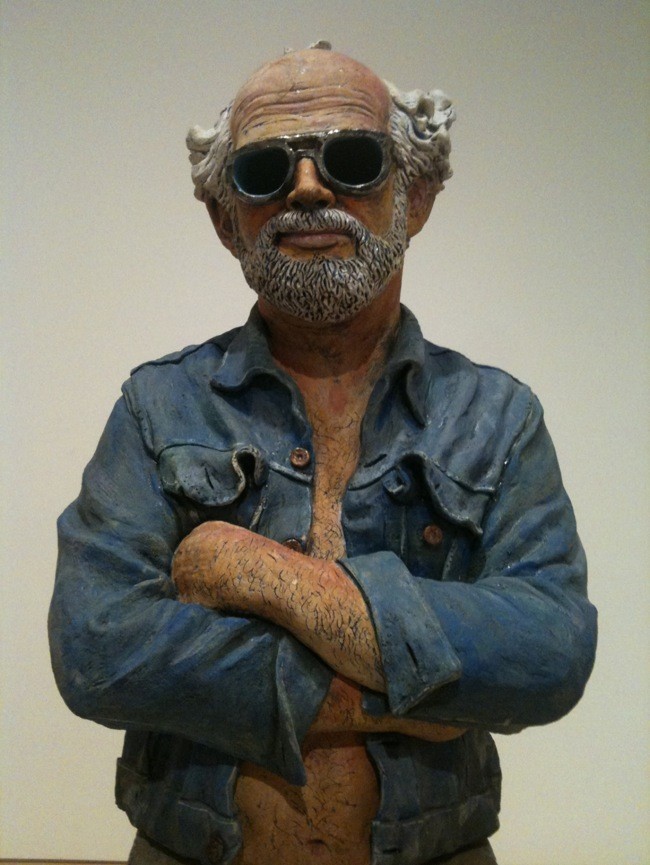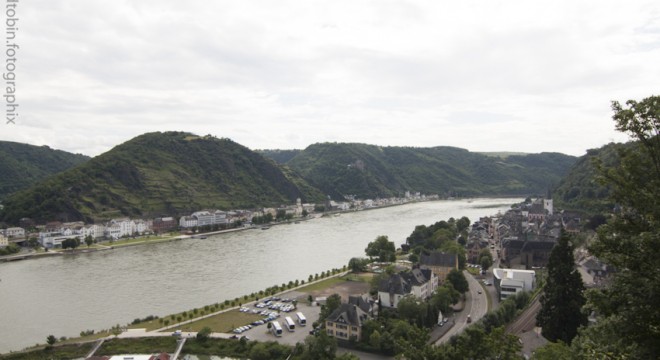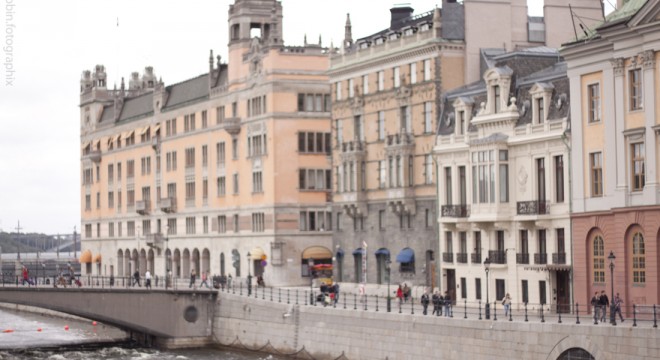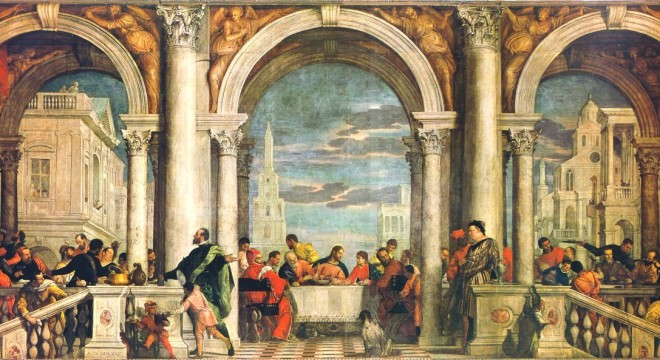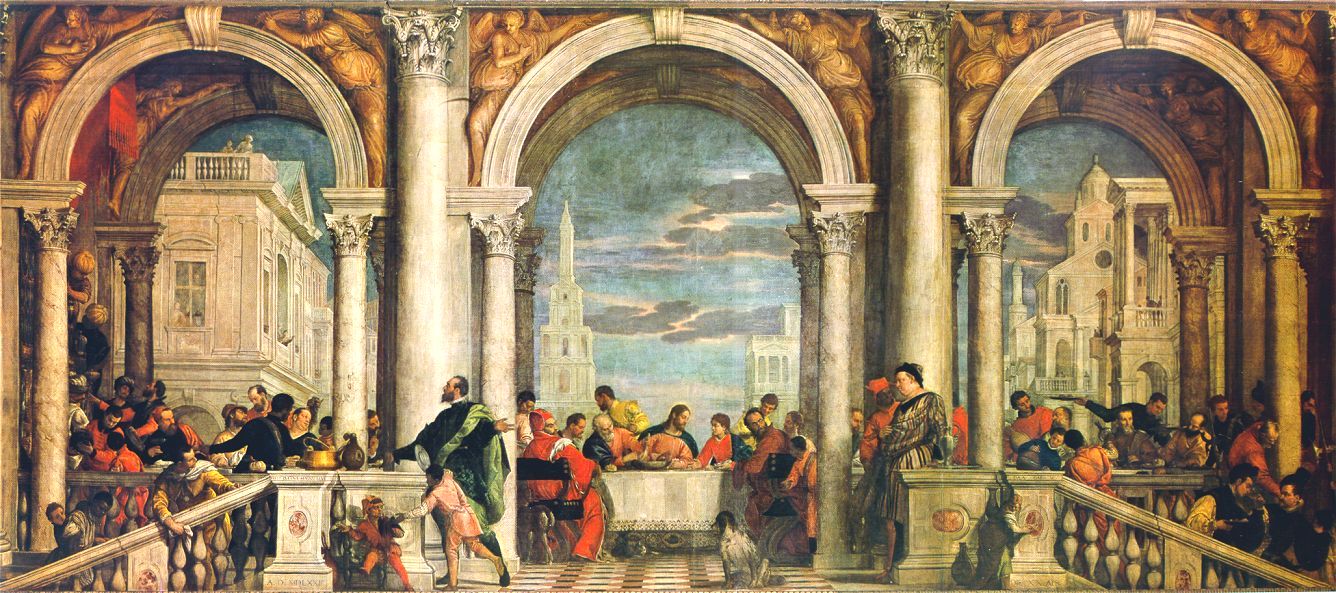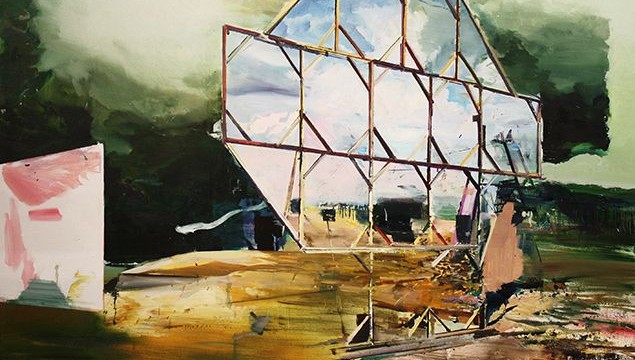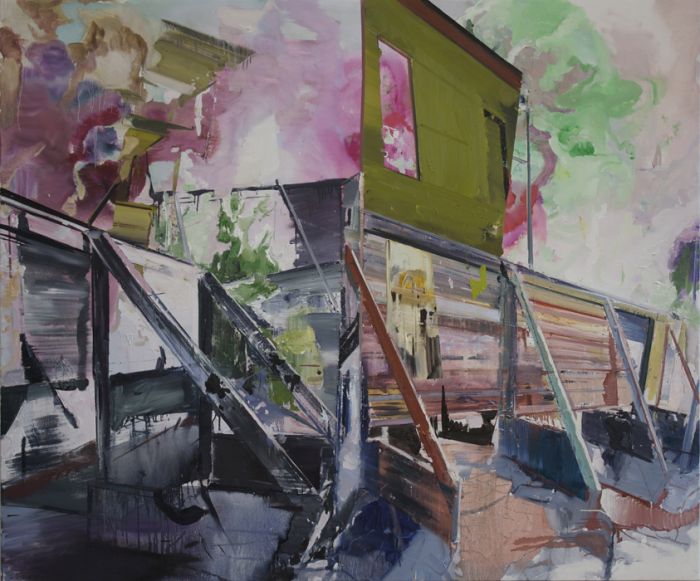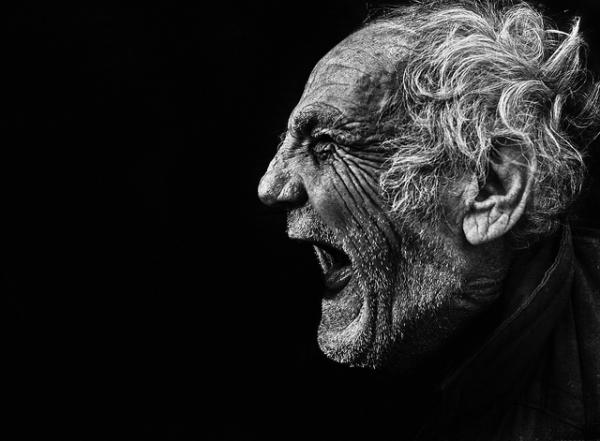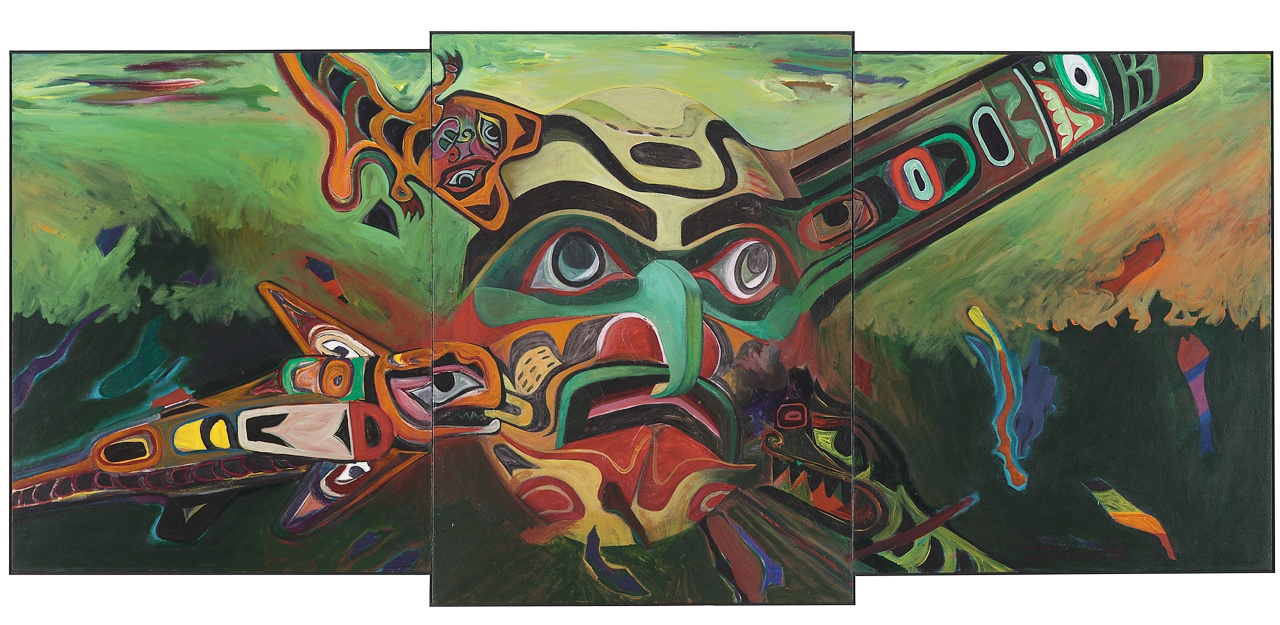It started off a few years ago as a project that would simply cost way too much to pursue. I remember it clearly as they said that it wouldn’t be explored because it was far to bad for the environment, cost way too much money, and there was way to much oil in the middle east… I remember even hearing how they said that with current technologies it takes more oil to actually extract the tar sands oil, than they actually get out of it in the process. But then oil went up to the prices we now see today, and suddenly WE THE CONSUMER started paying for our earth to be devastated. I’m talking about Canada’s oil sands.
Last time I was at the pump, gasoline was $141.9. For my ‘fuel efficient’ Jetta, a full tank costs about $70 to fill. I am paying for this exploration. I am guilty myself.
You know, if I was a believer in conspiracy theories, I might even venture to guess that half of the profits some of these oil companies get are by sneaky accounting. Think of this if you will: Company X buys oil, machinery, and pays employees while getting huge tax cuts and credits for being a developer of raw resources, for employing people, and numerous amounts of other loop holes. Company X just so happens to also extract the same oil they buy, so not only are they buying their own oil at premiums – keeping investors happy – they are also given tax credits to buy their own oil at premiums: essentially free government money. Company X also has huge backers on the board lobbying government, giving Company X basically ZERO risk factor of any sort of policy changes occurring in the near future that would hinder progress; if any policy change along the sorts is proposed that will make it harder for Company X to make large profits, the policy changes will be tied up in courts so long Company X will be allowed to take many years of life from planet earth. Sounds like smart business, doesn’t it?
Today I signed many petitions to bring change in the world. I realize that it is slightly silly thinking that signing an online petition will bring change, but the positive fact of the matter is that many of these petitions do indeed bring change to the world. These petitions do have success. I’ve signed some petitions that have anywhere from a quarter of a million people signing them to over 2 million peoples signatures.
Today I signed a petition to bring the Lesser Prairie chicken – a rare grouse species threatened by oil and gas exploration, wildfires, and drought – under the wildlife protection act for protection against extinction.
I also signed a petition to bring the company Monsanto, and their super herbicide Roundup, forward to answer questions. Evidently a peer-reviewed report published in the scientific journal Entropy indicates glyphosate, a chief ingredient in herbicides like Roundup, is being found in the foods we all eat, we all buy from the grocer. Glyphosate is proven to have negative impacts on the human body by “manifesting slowly over time as inflammation [and] damages cellular systems throughout the body.” Not only does it effect humans, but animals and plants. In short, all life on the earth is effected by glyphosate and Monsanto’s Roundup.






